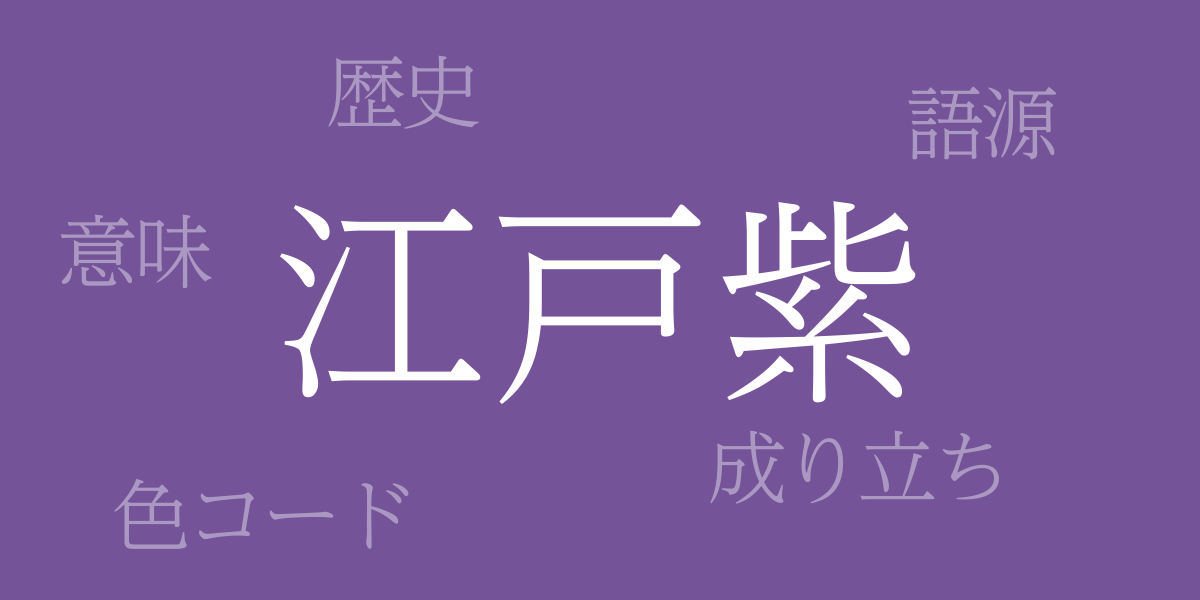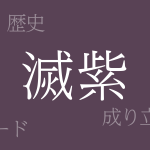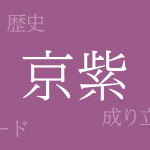Conveying the beauty of classical Japanese colors to the present, Edo Purple (えどむらさき – Edo Murasaki) embodies the depth of Japan’s tradition and culture. This article focuses on this precious color that has persisted since the Edo period, exploring its allure, history, and modern applications, from color codes to its Western name.
About Edo Purple (えどむらさき – Edo Murasaki)
Edo Purple (えどむらさき – Edo Murasaki), as the name suggests, was particularly cherished during Japan’s Edo period, characterized by a calm and deep purple. As one of Japan’s traditional colors, it is incorporated not only in traditional Japanese attire but also in modern interiors and fashion. This color reflects the delicate sensibilities and aesthetic discernment of the Japanese, creating a sophisticated ambiance for adults.
The History of Edo Purple
The history of Edo Purple dates back to the Edo period. At that time, purple was considered a noble color, favored primarily by the aristocracy and upper classes. The purple dye was expensive, making it inaccessible to the general populace initially. However, as time passed, purple became more widely enjoyed, and Edo Purple spread among the common people.
Edo Purple Color Codes
In digital and web design, accurate color codes are essential to represent Edo Purple precisely.
- HEX: #745399
- RGB: R:116 G:83 B:153
- CMYK: C:66 M:75 Y:13 K:0
The Western Name for Edo Purple
The Western names for Edo Purple include “Edo Purple” and “Japanese Violet.” These names indicate that this unique shade of purple is recognized and cherished in the West as well.
Conclusion on Edo Purple
With its deep hue and historical significance, Edo Purple has established an unshakeable status as a traditional Japanese color. It continues to be beloved by many people today and is utilized across various design fields. Through this article, rediscover the charm of Edo Purple and consider incorporating it into your daily life.

























